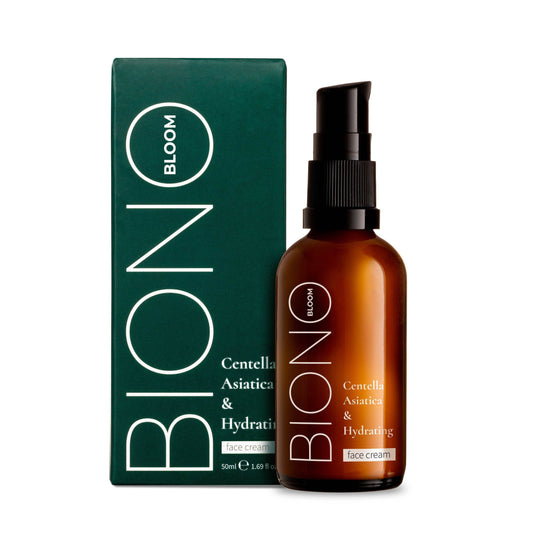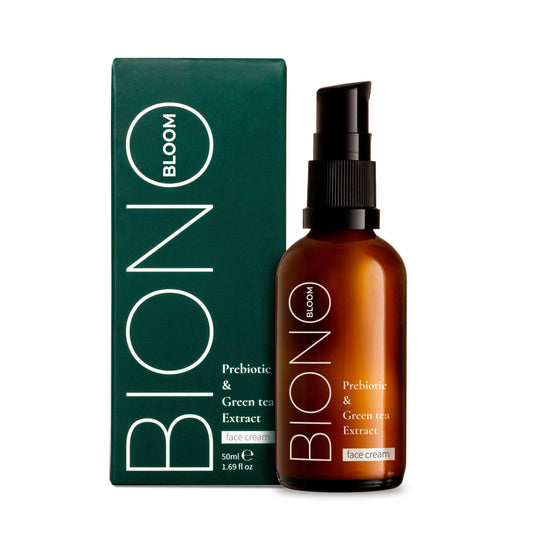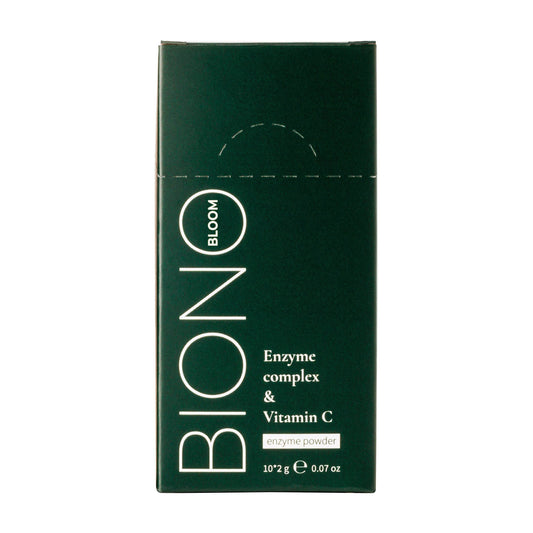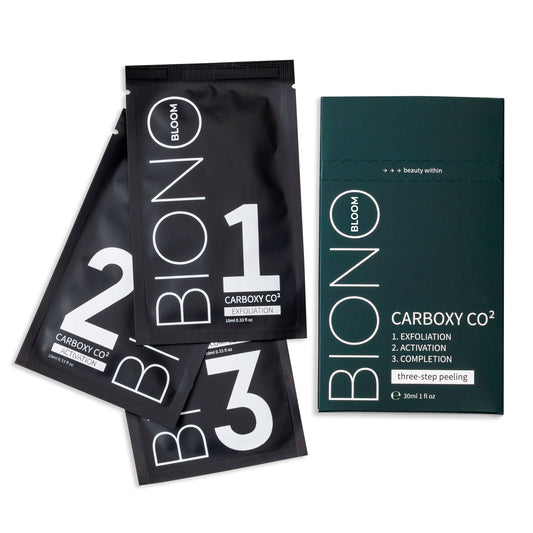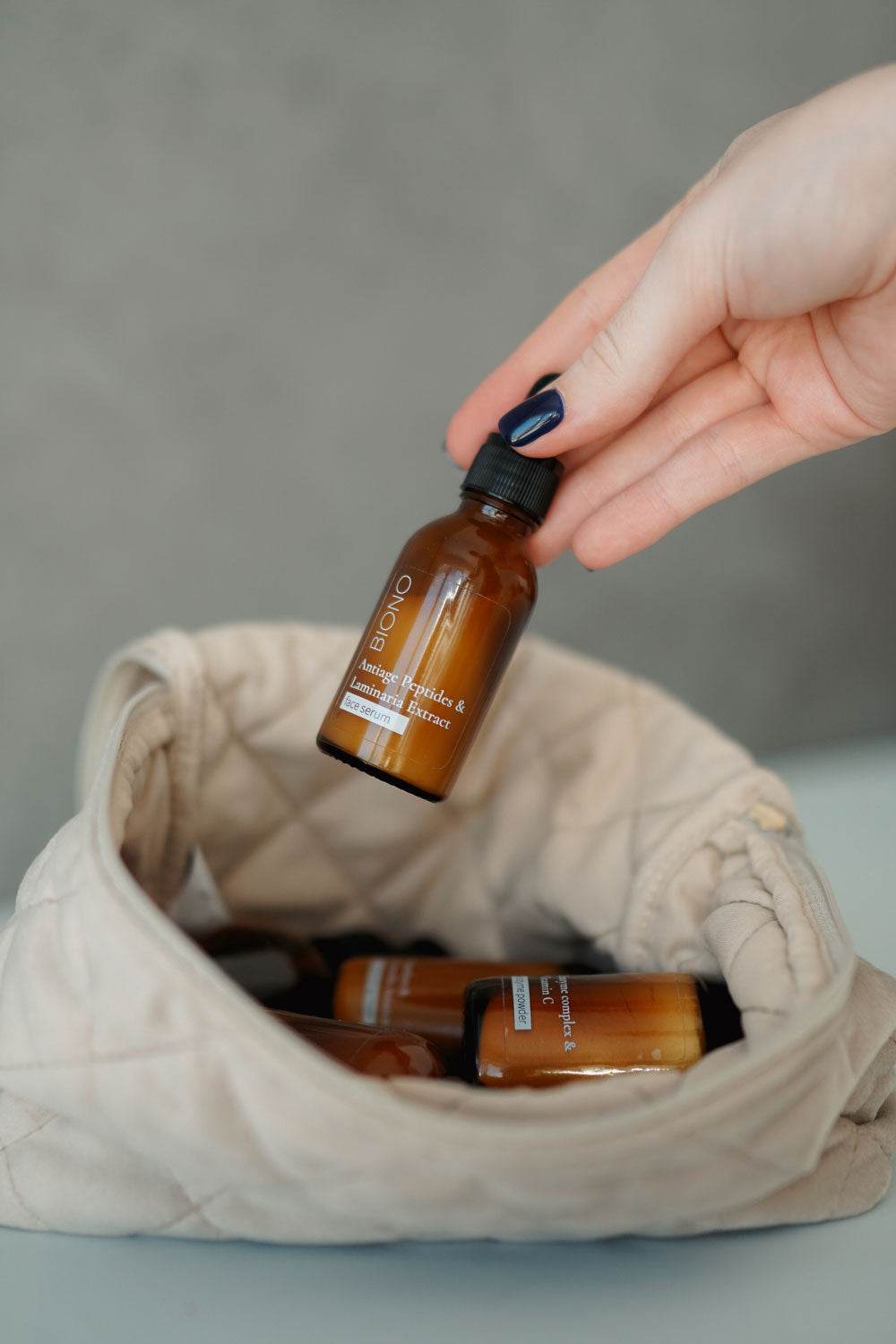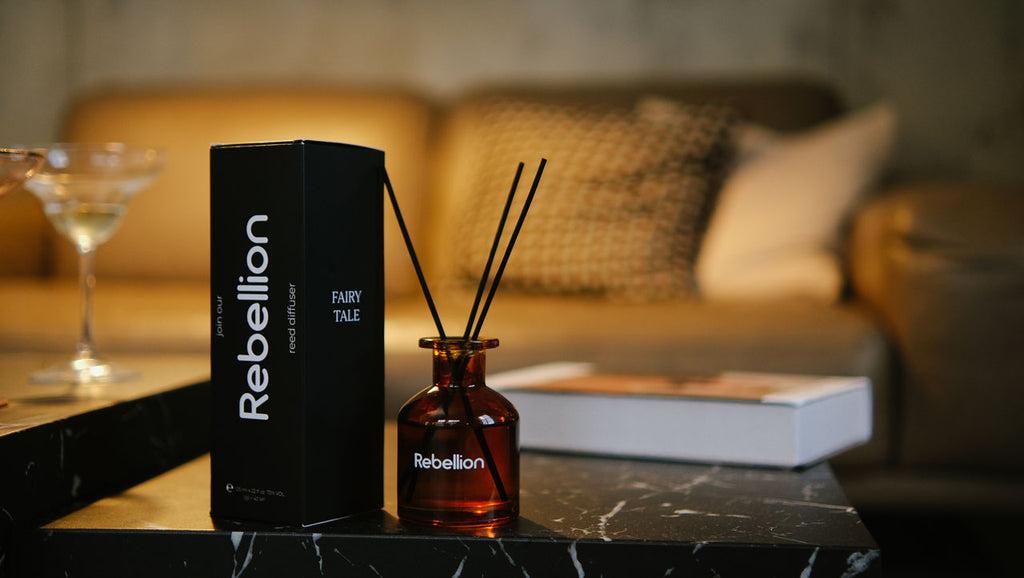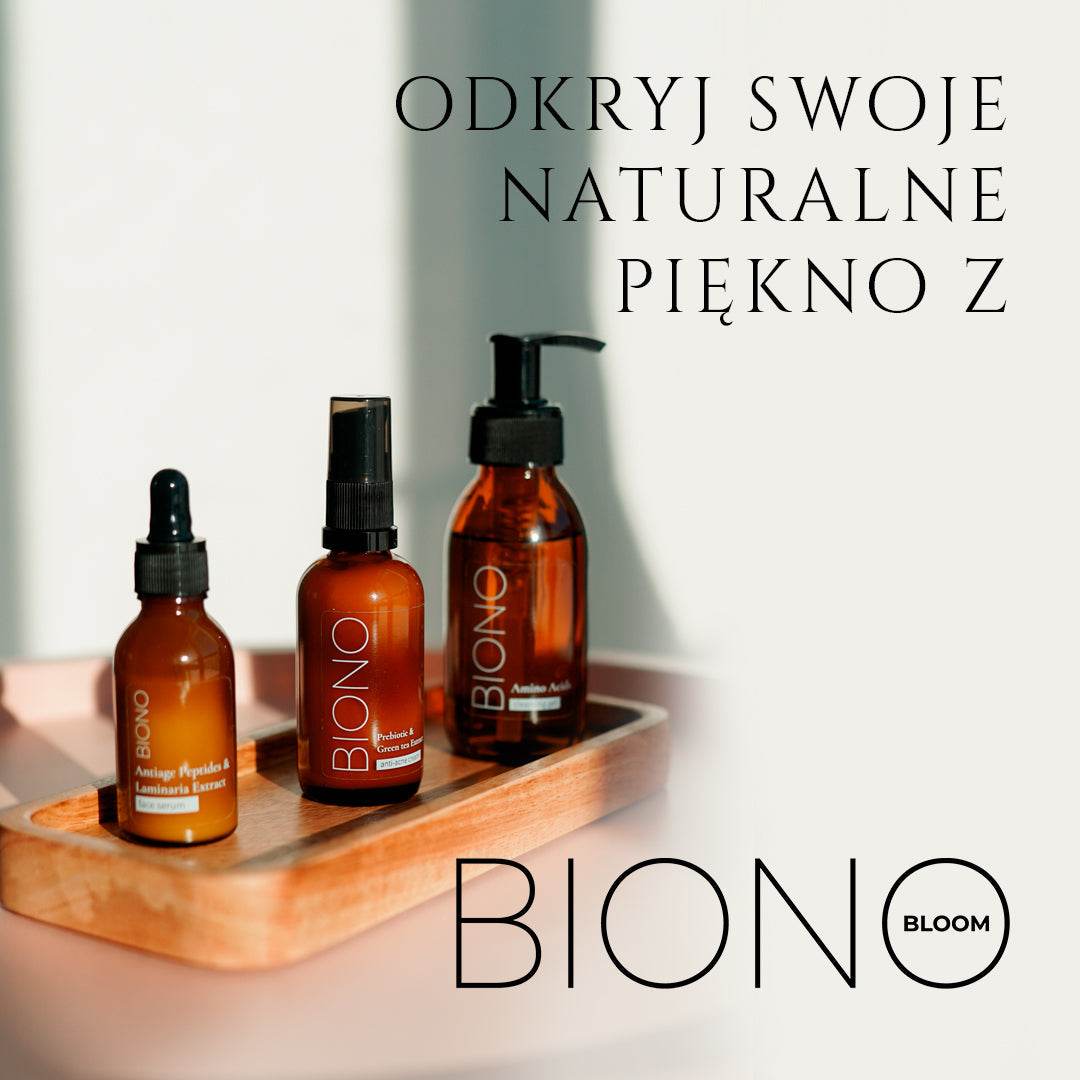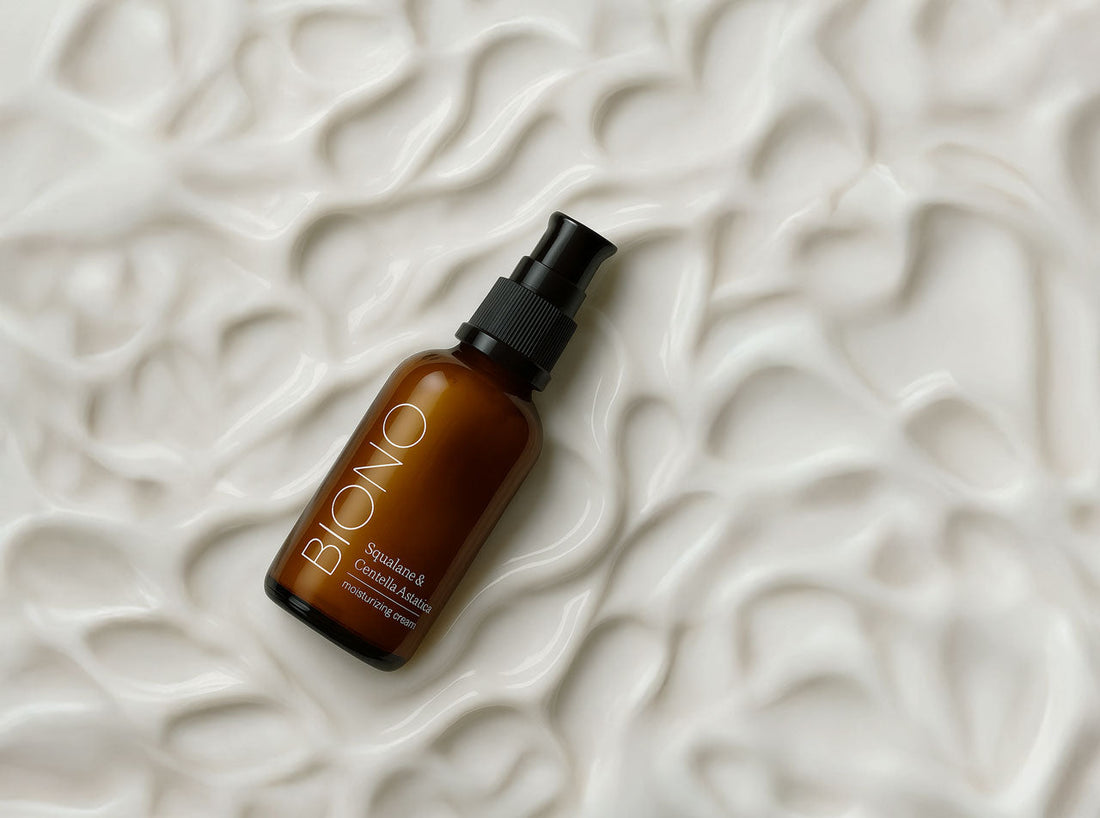
Acid Face Cream: How to Choose a Moisturizing Skin Cream
Share
Modern cosmetology offers a multitude of skincare solutions, but acid-based facial creams and luxurious moisturizing formulas hold a special place. These two types of products have become a true revolution in the beauty world, allowing you to achieve salon-quality results at home. Understanding their effects and choosing the right ones is the first step to healthy and radiant skin.
What are acids in cosmetics and how do they work?
Cosmetic acids are active ingredients that act as gentle exfoliants, removing dead skin cells and stimulating renewal. Imagine your skin as a multi-story building, where acids are diligent cleaners, removing outdated elements and helping to build new ones.
Facial acid creams contain different types of these active ingredients. Alpha-hydroxy acids (AHAs) act on the surface as a gentle exfoliator, while beta-hydroxy acids (BHAs) penetrate deeper into pores. This makes them ideal for combating a variety of skin concerns.
Regular use of acids improves skin texture and reduces the appearance of pores and discoloration. However, it's important to understand that these active ingredients require gradual introduction into your skincare routine and the mandatory use of sun protection.

The benefits of a moisturizing cream in daily care
A luxurious moisturizer is not just a cosmetic product, but a true investment in skin health. High-quality formulas contain a complex of active ingredients that work synergistically to provide maximum hydration and nourishment.
Premium moisturizing creams differ from regular ones in their depth of action and long-lasting effect. They contain innovative active ingredient delivery systems that allow ingredients to penetrate deeper layers of the epidermis. It's like the difference between superficial irrigation and a deep root irrigation system.
These creams are often enriched with peptides, ceramides, hyaluronic acid, and natural oils. These ingredients not only moisturize but also restore the skin's protective barrier, preventing moisture loss and external aggressors.
Types of acids in creams and their specific effects
Glycolic acid is considered the most effective AHA due to its smallest molecule size. It easily penetrates the skin, stimulating rapid cell renewal. A glycolic acid-based facial cream is ideal for combating aging and uneven skin tone.
Basic types of acids in cosmetic creams:
- Glycolic acid – the most powerful for anti-aging care and tone-evening
- Lactic acid – gentle action with an additional moisturizing effect
- Salicylic acid – ideal for oily and problem skin
- Mandelic acid – the most gentle for sensitive skin
Mandelic acid has the largest molecules among AHAs, making it the most gentle in action. It is suitable for sensitive and inflammation-prone skin. Combination formulas combining different types of acids provide comprehensive action on all aspects of skin problems.
How to Choose the Perfect Moisturizer for Your Skin Type
Choosing a luxurious moisturizer is a personal process, depending on your skin type, age, and specific needs. Light, gel-like textures with hyaluronic acid are ideal for oily skin, as they hydrate without leaving a greasy film.
Dry skin needs more saturated formulas with ceramides, natural oils, and shea butter. These ingredients create a protective barrier and provide lasting hydration. Combination skin requires balance—a cream should moisturize dry areas without overloading the oily T-zone.
For sensitive skin, it's important to choose creams with minimal potential allergens and soothing ingredients like aloe, azulene, or panthenol. Mature skin needs creams with anti-aging ingredients like retinol, peptides, and antioxidants.
Combining acids and moisturizing ingredients in skin creams
A judicious combination of an acid-based facial cream and a luxurious moisturizer can produce a synergistic effect. However, this requires understanding the principles of compatibility and application order. It's best to use acids in the evening, and intensive moisturizing in the morning and evening.
The ideal skincare regimen involves gradually introducing acids into your routine. Start with once a week, gradually increasing the frequency to two or three times a week. Be sure to use a moisturizer after acids to rebuild the skin's hydrolipid barrier.
It's important to remember the principle of "less is more." It's better to use high-quality products with a moderate concentration of active ingredients than to overload the skin with aggressive formulas. This is especially important when combining several active ingredients.
The most common mistakes when using acids in creams
The most common mistake is introducing acids too quickly into your skincare routine without a preparatory period. Skin needs time to adapt, so start with minimal concentrations and frequency of use. Ignoring this rule can lead to irritation and damage to the skin's protective barrier.
The second critical mistake is the lack of sun protection. Acid-based face creams increase photosensitivity, making the skin more sensitive to UV rays. Using SPF is becoming not a recommendation, but a mandatory requirement for safe skincare.
Many people also make the mistake of choosing companion products. Combining acids with retinol, high concentrations of vitamin C, or other active ingredients can cause chemical burns or severe irritation. A sensible approach is to use only one type of active ingredient at a time.

Seasonal peculiarities of using creams with acids
The use of acid-based facial creams has seasonal characteristics that are important to consider for safe and effective care. Fall and winter are when skin is less susceptible to photodamage, making them the ideal time for intensive acid treatments.
In spring, it's a good idea to gradually reduce the concentration and frequency of acid use to prepare the skin for the active sun season. In summer, it's recommended to minimize or completely discontinue acid use, focusing on moisturizing and protective products.
Seasonal changes also influence the choice of a luxurious moisturizer. In summer, lightweight textures with SPF are preferred, while in autumn and winter, more saturated formulas with nourishing and renewing ingredients are preferred. Transitional periods require special attention to skin condition and adjustments to skincare regimens based on climatic conditions.
The future of cosmetology: innovative formulas and technologies
Modern cosmetology is evolving towards personalized care and innovative delivery systems for active ingredients. Controlled-release acid facial creams are emerging, minimizing the risk of irritation and increasing effectiveness.
Nanotechnology allows us to create luxurious moisturizing creams with microcapsules that provide sustained release of active ingredients for 24 hours. Biomimetic formulas mimic the skin's natural processes, ensuring maximum compatibility and effectiveness.
The future of cosmetics lies in combining artificial intelligence to analyze skin needs and biotechnology to create innovative ingredients. Personalized formulas, based on genetic and microbiome analysis, will become the new standard in skincare.
Practical expert advice for maximum effect
The most important rule for successful acid skincare is gradualism and patience. Always start with minimal concentrations, up to 5%, and apply acid-based face cream no more than once a week initially. Skin needs time to adapt, and forcing the process can lead to the opposite effect.
Key principles of safe acid use:
- Use acids only in the evening, avoiding the area around the eyes.
- Be sure to use SPF no less than 30 every day
- Combine with soothing ingredients (aloe, panthenol)
- Take a break from using acids every 6-8 weeks to regenerate.
Choosing a luxurious moisturizer requires a personalized approach and understanding of your skin's needs. Pay attention to the ingredients, not just the marketing claims. A high-quality cream contains a combination of moisturizing, nourishing, and protective ingredients. Proper skincare is an art that requires knowledge, patience, and consistency, but the results are worth the wait: healthy, radiant skin at any age.
Conclusion: Acid cream and moisturizing care for perfect skin
Using an acid-based facial cream combined with high-quality moisturizing care opens up new possibilities for achieving healthy and radiant skin. Understanding the mechanisms of action of different types of acids, selecting the correct concentrations, and adhering to the principles of gradual application allow for maximum effect without the risk of skin damage. Each type of acid has its own unique properties, allowing for a personalized approach to solving specific problems.
A luxurious moisturizer plays a crucial role in maintaining skin health and enhancing the effects of acids. High-quality formulas with innovative ingredients not only provide deep hydration but also restore the skin's protective barrier, preventing moisture loss and the negative effects of external factors. The right combination of active ingredients creates a synergistic effect that surpasses the results of using individual products.
Modern cosmetology offers limitless possibilities for personalized care, but the most important thing is a sensible approach to choosing and applying cosmetics. Remember: the best acid-based face cream is the one that suits your skin type and lifestyle. By investing time in understanding your needs and following expert recommendations, you can create an effective care system that will give your skin health, youthfulness, and a natural glow for years to come.

